HIGH Tech Support
Ohio Medicaid went live last week with their HITECH EHR incentive program, MPIP. Signup availability was announced on the morning of June 1 and I happened to be sitting there when the e-mail came through. So, as I had already done the preliminary stuff at the federal level (which was itself a pretty easy process, I should add), I went straight away to the MPIP link to get on board.
The site was laid out pretty well overall. The process of signing up seemed easy enough. I already had the basic info: identifiers for me, my EHR, and my aforementioned recently-created CMS account. I needed to generate some figures for total number of patients seen during my chosen three-month reporting period, plus determine the number of those patients who were Medicaid insured. Not too hard to gather.
Once I had those numbers generated (and after I had a good, long cry about the fact that my percentage of Medicaid during that chosen period as a walloping 48% !!!) I finished out the process following all the “fill in here” slots and “you are required to do this” red asterisks. When completed, I submitted it … and it went through!!!
Oh,no … wait. Though I did have all four progress areas turn green with a “Completed” check mark, the end summary said I was still “In Progress.” Does that mean it’s “in progress” on their end, or that I still have some unfinished piece of info yet to addend? It wasn’t clear.
I went to their Help section and FAQs, which were actually just links to PDFs. I tried, but my ADHD wouldn’t let me go too long within the many, many pages of their PDF “help” tool.
I could wait, but if it was something on my end, that’d mean unnecessarily delaying my Incentive check. With my 48% Medicaid, you can easily understand why I might need that check sooner rather than later.
I decided to call the support line listed on the MPIP web site. Not unsurprisingly, they were a little busy and weren’t able to take my call right then. I left a voice mail and figured it may take a day or three to hear back. Patients were beckoning, so I left it there.
Later in the day, it crossed my mind that as a member of the board of directors of OHIP (Ohio’s HIE/REC), maybe I should notify some of the important folks there who may want to let folks at MPIP know there might be some glitches worth addressing. I mean, if it wasn’t apparent to me, and I have a bit of an inside track on all this, then I bet others might also find the process a little unclear. So, I e-mailed and/or called a couple of the good folks at OHIP who seemed to appreciate the insights.
A little surprisingly, late in the afternoon I received a call back from MPIP support. A wonderful fellow, Aaron, said they had indeed been busy that day, but he nonetheless took time and listened to each of my concerns or problems. We walked through the process together, I showed him where it appeared confusing to me, and he made notes. I told him I couldn’t tell if I was complete on my end and he assured me I couldn’t be, as they did not yet have anyone in the pipeline for payment.
I told him about the one non-asterisked item I had not submitted since it didn’t appear required. He said, “Let’s try it,” and … VOILA! My submission then popped up on their end as “ready for payment”! WOO HOO!
I hadn’t mentioned to Aaron that I was on the OHIP board until well into our conversation and he had not received any word from any of the OHIP folks I had contacted. Thus, his kind and helpful demeanor was unpretentious and un-persuaded. Ya’ gotta love that in IT support.
Then, within two days of the MPIP help desk call, I had the fun of spending hours and hours with the support folks at two large vendors of wireless routers and the support folks at my ISP vendor, a giant in — or should I say AT? — the telecommunications world. From these three technology firms, I received only attitude, runaround, and resolutionless aggravation.
Tech support calls often a feel like connecting with soulless, uncaring seat-fillers who would rather be somewhere else doing something, anything, else, especially if you have no established relationship with them. But, not always. Not with Aaron at MPIP. He’s high end, HITECH support. I thought he deserved a mention.
Thanks, Aaron. Keep it up.
From the trenches…
“There are no traffic jams along the extra mile.” – Roger Staubach

Dr. Gregg Alexander, a grunt in the trenches pediatrician at Madison Pediatrics, is Chief Medical Officer for Health Nuts Media, directs the Pediatric Office of the Future exhibit for the American Academy of Pediatrics, and sits on the board of directors of the Ohio Health Information Partnership (OHIP).


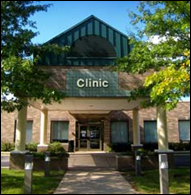
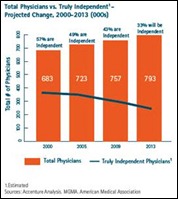
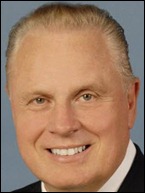


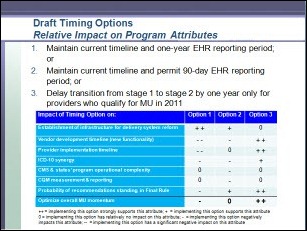

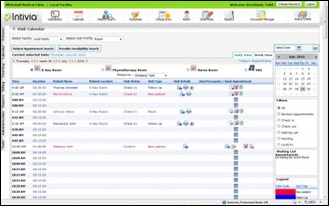




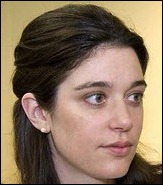



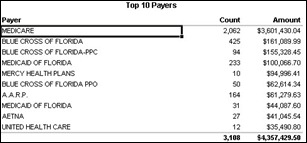


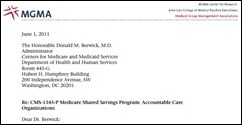




The article about Pediatric Associates in CA has a nugget with a potentially outsized impact: the implication that VFC vaccines…